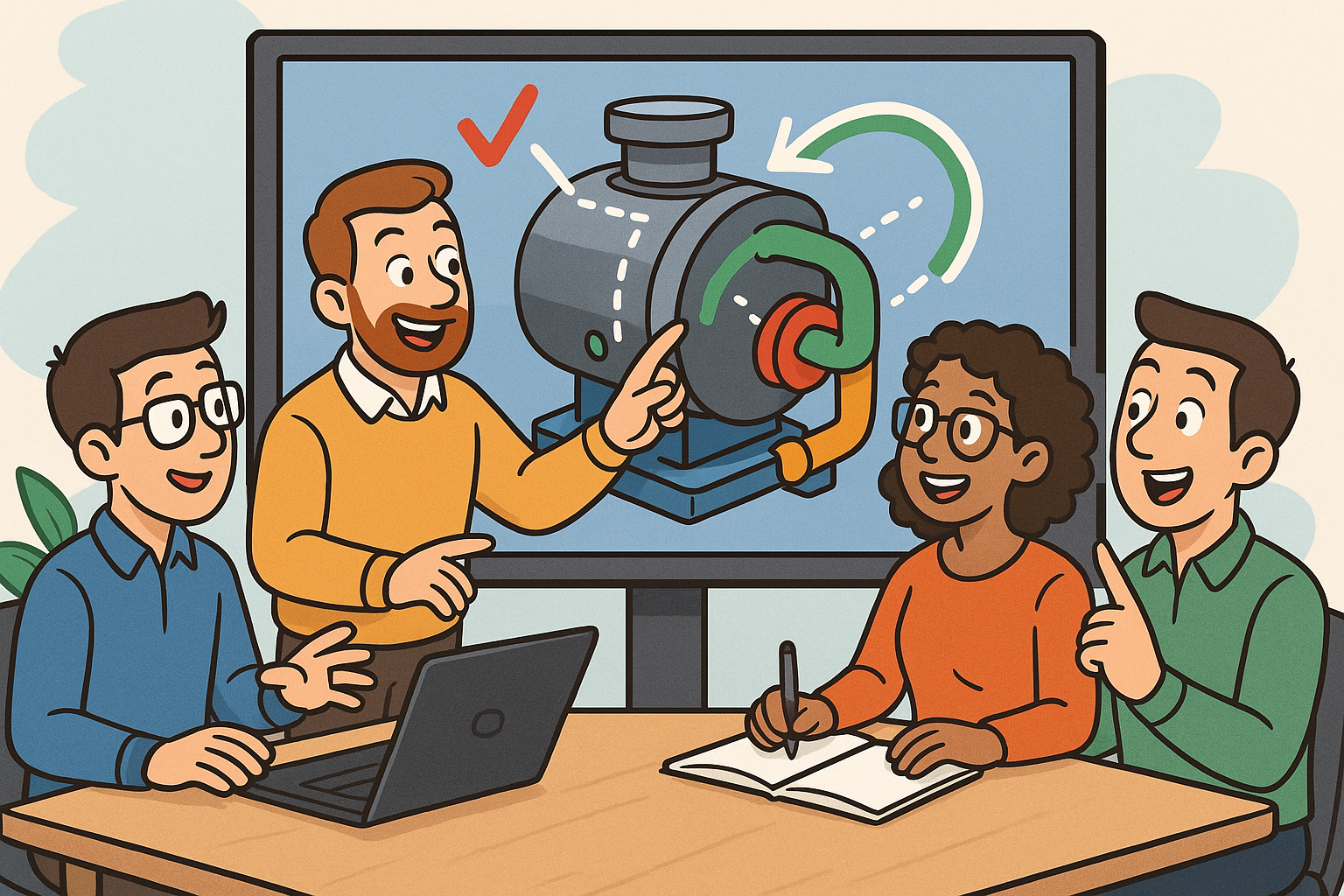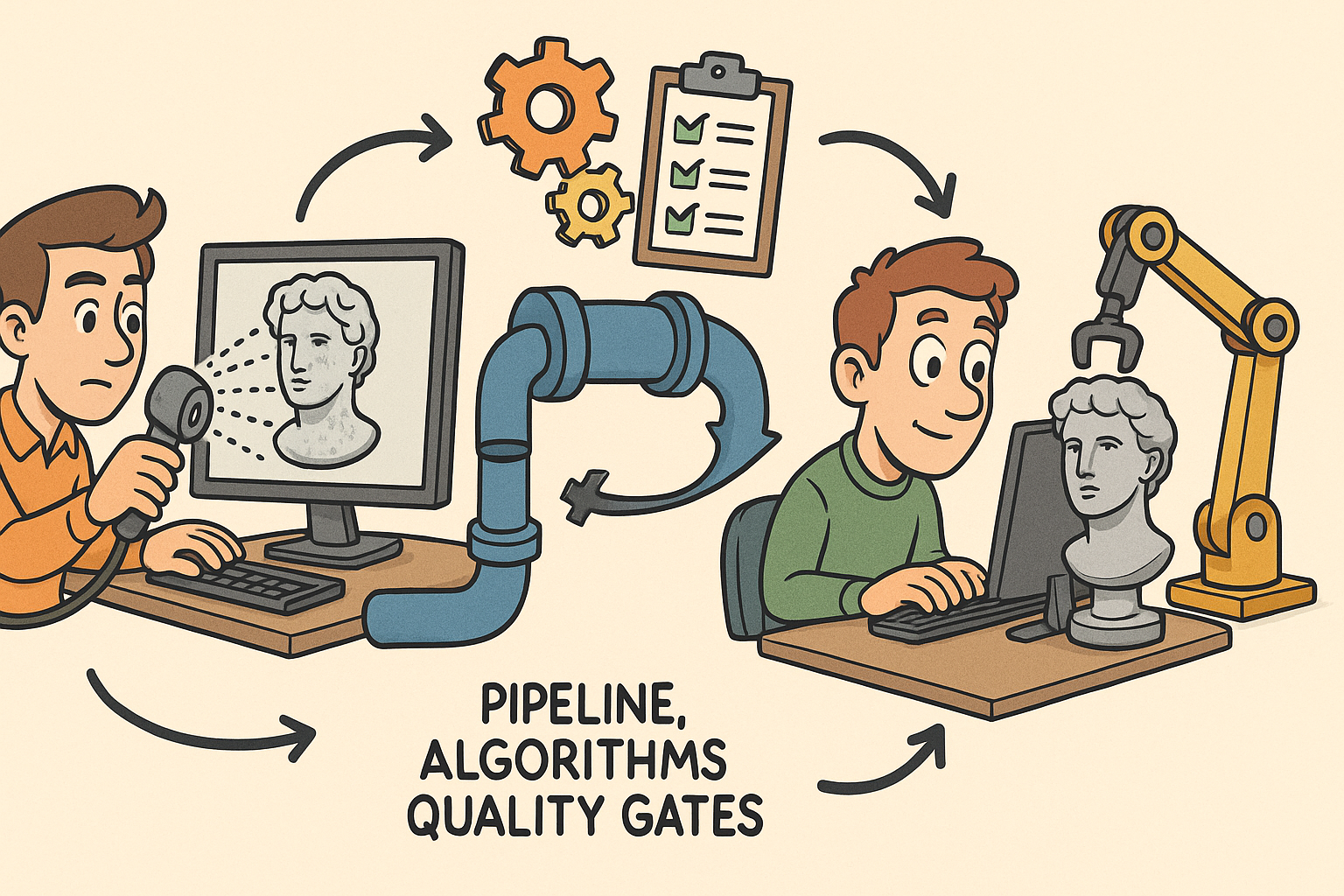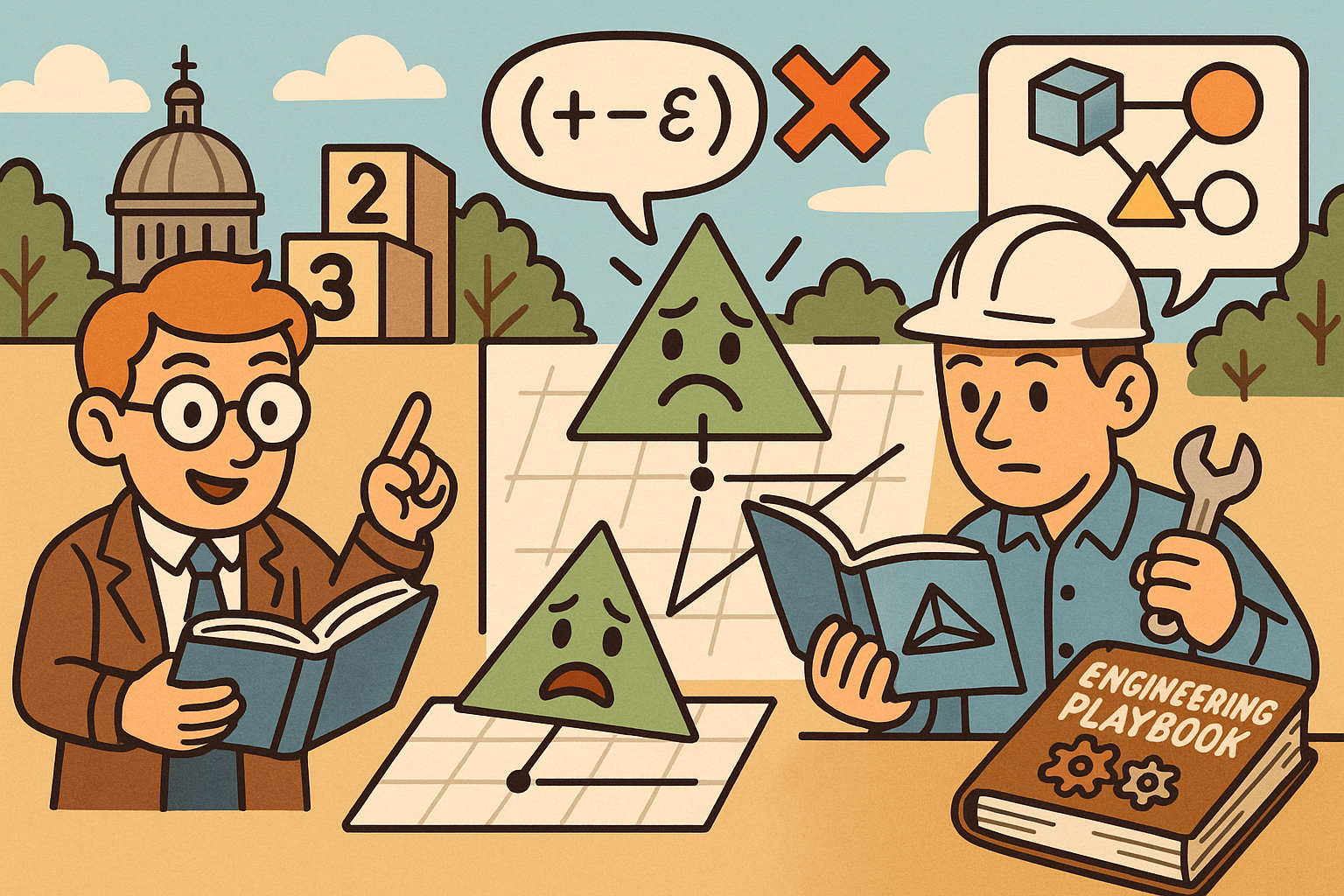Your Cart is Empty
Customer Testimonials
-
"Great customer service. The folks at Novedge were super helpful in navigating a somewhat complicated order including software upgrades and serial numbers in various stages of inactivity. They were friendly and helpful throughout the process.."
Ruben Ruckmark
"Quick & very helpful. We have been using Novedge for years and are very happy with their quick service when we need to make a purchase and excellent support resolving any issues."
Will Woodson
"Scott is the best. He reminds me about subscriptions dates, guides me in the correct direction for updates. He always responds promptly to me. He is literally the reason I continue to work with Novedge and will do so in the future."
Edward Mchugh
"Calvin Lok is “the man”. After my purchase of Sketchup 2021, he called me and provided step-by-step instructions to ease me through difficulties I was having with the setup of my new software."
Mike Borzage
Transforming Design Reviews: The Impact of Interactive 3D Markups on Modern Workflows
August 09, 2025 8 min read


Introduction
The evolution of design review processes has been rapid and transformative, driven by the need for greater collaboration, enhanced visualization tools, and faster turnaround times within modern design workflows. In today’s highly competitive environment, professionals in engineering, architecture, and product design continuously seek methods to streamline feedback and accelerate decision-making. Interactive 3D markups have emerged as a **transformative tool** that revolutionizes the way designs are communicated and refined. While traditional methods relied on static, two-dimensional snapshots and disconnected annotations, the advent of interactive 3D markups ushers in an era where design reviews become immersive experiences. Even with a minimal introduction, it is important to understand the significance of these innovations. This blog post investigates the underlying technologies, practical examples, and benefits of adopting interactive 3D markups. By offering a deeper insight into the transformative nature of these tools, the discussion underscores how they enhance the quality of feedback, reduce design errors, and substantially cut project timelines.
Understanding Interactive 3D Markups
Interactive 3D markups represent a significant leap forward from legacy static methods by incorporating real-time visualization and direct model interaction into the design review process. This functionality enables users to add **layered annotations** directly to 3D models, facilitating a seamless integration between design intent and review feedback. Unlike traditional 2D markups that offer only limited context, interactive 3D markups allow teams to view models from multiple angles, zoom in on intricate details, and directly manipulate elements to highlight potential issues. These capabilities not only ease communication among interdisciplinary teams but also empower non-technical stakeholders to engage in meaningful feedback sessions. Moreover, these markups leverage advanced rendering engines and high-performance graphics hardware to manage complex models without sacrificing detail or performance.
Interactive Markups and Real-Time Visualization
One of the defining elements of interactive 3D markups is the incorporation of real-time visualization tools. This feature supports dynamic adjustments and live feedback, which in turn allows for more informed decision-making during the review process. By integrating with industry-leading CAD/BIM platforms, these systems provide a unified environment where every stakeholder can access the latest model revisions. Key aspects include:
- Real-time interaction: Facilitates immediate feedback and adjustments.
- Enhanced visualization: Utilizes advanced graphics hardware to maintain high-resolution details even in complex assemblies.
- Direct annotations: Allows immediate input that can be directly linked to specific model features.
Technological Underpinnings and Comparison with Traditional Methods
The technological infrastructure behind interactive 3D markups showcases a synergy between cutting-edge software platforms and robust hardware components. Integration with established CAD and BIM tools means that professionals do not need to overhaul their existing workflows entirely. Instead, they can enhance their current systems with modules that deliver real-time interactivity and sophisticated annotation capabilities. When compared to traditional 2D markups, the advantages become strikingly apparent. Traditional methods often rely on static images and manual note additions, which can lead to miscommunication and incomplete understanding of the spatial aspects. In contrast, interactive 3D markups foster an environment where changes are visually apparent and contextually relevant. The following bullet list summarizes the differences:
- Depth of information: 3D markups capture the full geometry of models.
- Interactivity: Users can inspect models interactively, eliminating ambiguities.
- Collaboration: Supports concurrent reviews by multiple stakeholders.
- Issue Tracking: Integrated tools help manage and resolve revision queries.
Enhancing Design Review Processes
The incorporation of interactive 3D markups into design review processes has ushered in an era of visually immersive feedback sessions. These tools facilitate real-time collaboration and ensure that every team member, regardless of geographic location, can engage in an in-depth review. Such interactivity fosters clearer communication, as team members are able to point directly to features, issues, or improvements on a model, rather than relying on ambiguous textual descriptions. The ability to conduct virtual walkthroughs and comprehensive model inspections creates an environment where revisions are not just suggestions but actionable insights. This interactive approach empowers teams to make informed decisions that can significantly reduce the number of design iterations and contribute to improved project outcomes.
Real-Time Collaboration and Feedback Cycles
Real-time collaboration is a cornerstone of enhanced design review processes. Interactive 3D markups offer the capability to host live sessions where design teams can jointly navigate complex models, ensuring that every stakeholder has immediate access to the latest model updates. This mode of operation is especially effective when teams are distributed globally. Key benefits include:
- Instantaneous review sessions: Allowing multiple users to simultaneously mark up models speeds up the feedback loop.
- Streamlined communication pathways: Eliminates the need for lengthy email exchanges and reduces room for error.
- Enhanced decision-making: Collaborative interactions lead to faster consensus on design revisions.
Cost Efficiency and Impact on Project Timelines
One of the tangible benefits of integrating interactive 3D markups within design workflows lies in the contribution to cost efficiency and the reduction of project timelines. Early detection of design issues can prevent expensive revisions during later project stages. When review processes are enhanced with interactive tools, there is a notable reduction in the number of review iterations required, which in turn minimizes the chances of incurring additional costs. The economical advantages include:
- Reduction of rework: Early problem detection helps avoid costly revisions later in the design cycle.
- Efficient resource allocation: Teams can spend less time in redundant meetings and revisions, freeing up resources for innovation.
- Acceleration of project timelines: Streamlined feedback loops contribute directly to meeting project deadlines.
Best Practices and Implementation Strategies
Successful integration of interactive 3D markup tools into design workflows requires a well-conceived strategy and adherence to best practices. Organizations seeking to modernize their approach must evaluate the compatibility of new tools with existing CAD/BIM software and invest in targeted training programs for teams. Establishing a robust framework for model handling, data security, and version control is equally vital. In addition, clear communication channels should be maintained so that every team member knows how to leverage the interactive features for maximum benefit. By carefully planning the implementation, companies can avoid common pitfalls such as rendering performance issues or inefficiencies in handling large-scale models.
Strategic Integration and Compatibility Considerations
When implementing interactive 3D markup tools, it is essential to conduct a thorough analysis of tool compatibility with the current software environment. The following strategies prove useful in achieving a seamless integration:
- Tool Evaluation: Conduct detailed assessments to ensure the markup tool integrates smoothly with existing CAD/BIM platforms.
- Interoperability Testing: Verify that new interactive features do not interfere with model integrity or data consistency.
- Hardware Readiness: Ensure that the necessary high-performance graphics and input devices are available to support these advanced tools.
- Scalable Architecture: Adopt solutions that are capable of handling both small-scale and complex, large-scale projects without compromising on performance.
Overcoming Challenges and Looking into the Future
Implementing interactive 3D markups can present several challenges, particularly when managing large and complex models. One major concern is ensuring rendering performance is maintained despite increased model complexity. Addressing latency issues requires both software and hardware optimizations. In addition, maintaining model detail without overwhelming the system necessitates thoughtful planning and incremental updates to the design system. To overcome these obstacles, experts recommend:
- Incremental model loading: Break down complex projects into manageable segments to prevent performance bottlenecks.
- Performance tuning: Regularly update graphics drivers and optimize configurations for the best performance.
- Advanced rendering techniques: Utilize shading and culling strategies to reduce computational overhead.
- Cloud-based solutions: Leverage distributed computing to handle demanding tasks and enable collaborative workflows.
Conclusion
In summary, interactive 3D markups have redefined modern design review processes by enhancing collaboration, reducing errors, and shortening project cycles. The progression from static review methods to dynamic, interactive approaches has fostered environments where design feedback is both instantaneous and contextually rich. As explored throughout this discussion, these advanced tools enable teams to interact directly with models through **layered annotations** and real-time visualizations, fostering higher levels of clarity and precision in design evaluations.
Revolutionizing Design Communication
The integration of interactive 3D markups within established design workflows represents a significant leap forward in the field of engineering and architecture. The benefits of these systems extend beyond simple visualization, addressing critical challenges such as miscommunication and the inefficiencies of traditional design reviews. By utilizing interactive markups, teams can conduct detailed virtual walkthroughs, participate in live collaborative sessions, and capture actionable feedback that is immediately integrated into the design process. This not only reduces the risk of costly revisions but also accelerates the overall pace of project delivery. Embracing these technologies means adopting a future-focused mindset, one where **advanced markup tools** serve as the backbone for a more agile and responsive design environment.
The Future Potential of Interactive Design Software
Looking ahead, the future of interactive design software holds considerable promise. As advancements continue to integrate AI-driven insights with real-time data, these systems are projected to become even more intuitive and efficient. Key areas that are likely to experience rapid innovation include automated markup suggestions, enhanced security protocols, and more robust version control in cloud environments. Such improvements will empower design teams to work smarter, not harder, by reducing the time spent on routine tasks and focusing more on creativity and innovation. Moreover, as interactive 3D markups become more ingrained in everyday processes, their contribution to cost efficiency and error mitigation will only grow stronger, ultimately reshaping the landscape of modern design review practices.
In conclusion, interactive 3D markups are not merely a temporary tool in the design software arsenal but a lasting solution that continues to evolve. Their ability to integrate seamlessly with existing workflows, coupled with their transformative impact on communication and clarity, marks them as indispensable in today’s fast-paced design ecosystems. As organizations continue to harness these powerful features, the future of design review will undoubtedly be defined by greater collaboration, fewer errors, and a continuous drive towards innovation and excellence.
Also in Design News

From Raw Scans to Manufacture-Ready Geometry: Pipeline, Algorithms, and Quality Gates
December 08, 2025 13 min read
Read More
Design Software History: Numerical Robustness in Geometry Kernels: History, Failure Modes, and Engineering Playbook
December 08, 2025 13 min read
Read More
Cinema 4D Tip: Reusable Cinema 4D Camera Rig Presets for Faster Shot Setup
December 08, 2025 2 min read
Read MoreSubscribe
Sign up to get the latest on sales, new releases and more …


